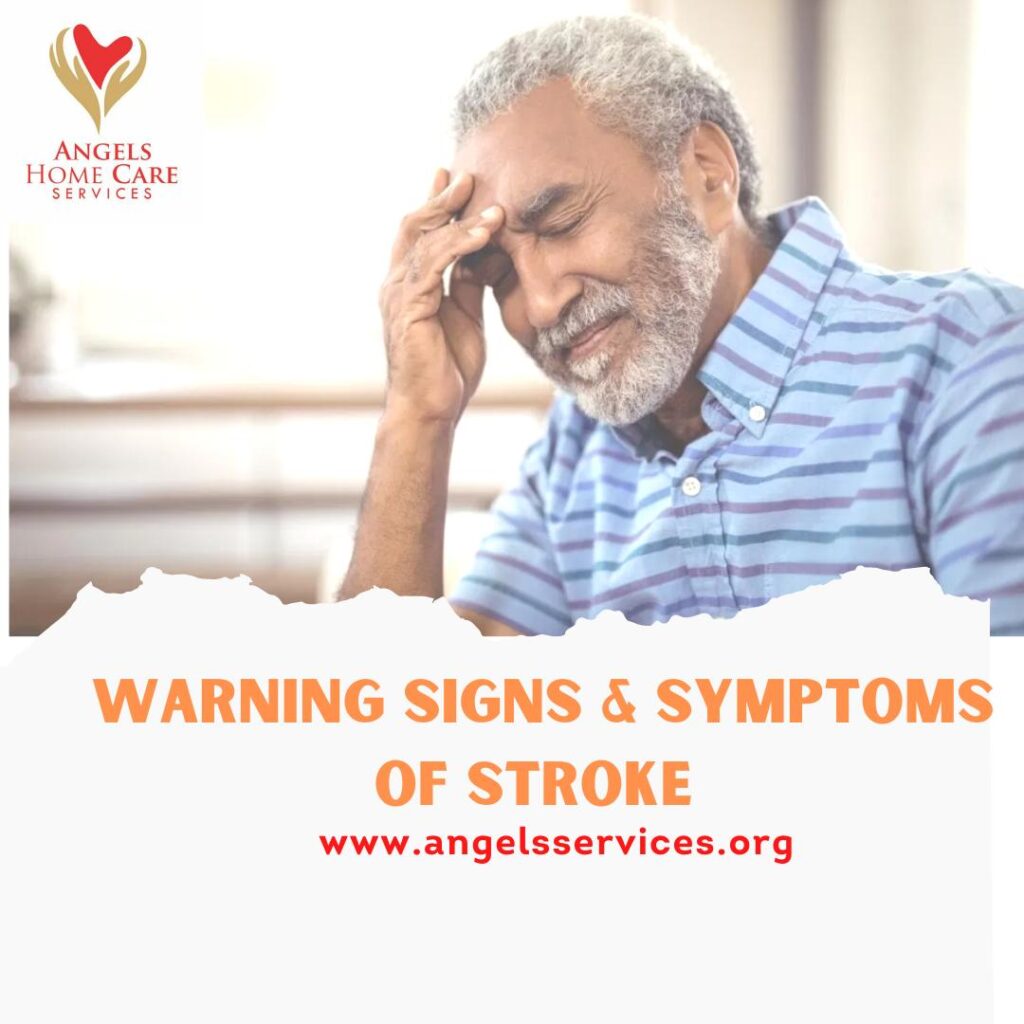
INTRODUCTION
A stroke, also known as a cerebro replica panerai vascular accident or CVA is when part of the brain loses its blood supply and the part of the body that the blood-deprived brain cells control stops working. A stroke occurs when the blood replica panerai watches supply to part of your brain is interrupted or reduced, preventing brain tissue from getting oxygen and nutrients. Brain cells begin to die in minutes. This loss of blood supply can replica breitling watches be ischemic because of lack of blood flow, or haemorrhagic because of bleeding into brain tissue. A stroke is a medical emergency because strokes can lead to death or permanent disability.
What Causes Stroke?
A blocked artery (ischemic stroke) or leaking or bursting of a blood vessel (haemorrhagic stroke) are the two main causes of stroke. Some people may have only a temporary disruption of blood flow to the brain, known as a transient ischemic attack (TIA), that doesn’t cause lasting symptoms.
Rolex replica Common causes of stroke come from blood vessels both outside and inside the brain. Atherosclerosis (hardening of the arteries) can occur when plaque (deposits of cholesterol, calcium, fat, and other substances) builds up and narrows the vessel making it easy for clots to form and further occlude the vessel. The clots can break free only to occlude smaller vessels inside the brain. The blood vessels inside the brain itself can accumulate this plaque. Occasionally, weakened vessels can burst and bleed into the brain.
Many factors can increase your stroke risk. Potentially treatable stroke risk factors include:
Lifestyle Risk Factors
• Being overweight or obese
• Physical inactivity
• Heavy or binge drinking
• Use of illegal drugs such as cocaine and methamphetamine
Medical Risk Factors
• High blood pressure
• Cigarette smoking or second hand smoke exposure
• High cholesterol
• Diabetes
• Obstructive sleep
• Cardiovascular disease, including heart failure, heart defects, heart infection or abnormal heart rhythm, such as atrial fibrillation
• Personal or family history of stroke, heart attack or transient ischemic attack
• COVID-19 infection
Other Factors Associated with a Higher Risk of Stroke Include:
• Age — People age 55 or older have a higher risk of stroke than do younger people.
• Race — African Americans have a higher risk of stroke than do people of other races.
• Sex — Men have a higher risk of stroke than women. Women are usually older when they have strokes, and they’re more likely to die of strokes than are men.
• Hormones — Use of birth control pills or hormone therapies that include oestrogen increases risk.
Warning Signs and Symptoms
When you have a stroke, your brain isn’t getting the blood it needs. You need treatment right away to lower your chances of brain damage, disability, or even death.
Use the FAST test to check for the most common symptoms of a stroke in yourself or someone else.
Face: Smile and see if one side of the face droops.
Arms: Raise both arms. Does one arm drop down?
Speech: Say a short phrase and check for slurred or strange speech.
Time: If the answer to any of these is yes, call a Doctor right away and write down the time when symptoms started.
Minutes matter in treating stroke. Calling a doctor or driving to the hospital yourself wastes time. Ambulance workers can judge your situation sooner, and that boosts your chance of getting the treatment you need as soon as possible.
Warning Signs
Sometimes a stroke happens gradually, but you’re likely to have one or more sudden symptoms like these:
• Numbness or weakness in your face, arm, or leg, especially on one side
• Confusion or trouble understanding other people
• Difficulty speaking
• Trouble seeing with one or both eyes
• Problems walking or staying balanced or coordinated
• Dizziness
• Severe headache that comes on for no reason If you have these symptoms, call your Doctor even if you’re not sure you’re having a stroke.
Be Prepared
According to the World Health Organization, 15 million people suffer stroke worldwide each year. Of these, 5 million die and another 5 million are permanently disabled. This can happen to anyone at any time.
Planning for an emergency can make a big difference.
• Learn the warning signs of a stroke and let your family and friends know, too.
• If you have any medical conditions, wear a medical bracelet or other identification that lists them, your allergies, and any medication you take.
• Teach your children the FAST test, plus how to call Doctor, give your address, and describe what’s happening.
The good news is that the majority of strokes are manageable, and very few of those who suffer a stroke are bed bound and paralyzed. Patients can recover, and survive, and that gives us an opportunity to prevent another devastating stroke in the future. Seek help from Angels Home Care Services as soon as possible.
Our Skilled Nurses work with the patient and family in teaching signs and symptoms of an impending stroke, instruct on reducing risk factors to prevent further occurrence, including lifestyle modifications. We provide a complete head to toe assessment and notify the physician of any changes.
We offer round-the-clock supervision and a range of other services which include; companion care, physiotherapy care, counselling & therapy, personal care such as bathing, dressing, feeding, light housekeeping and errands, meal preparation, wound dressing, among others. For more information about our services kindly contact us today.
Call: 08139779499
Office Address: Plot 73B First Avenue, Inside Able Hand Hospital Gwarinpa, Abuja.
E-mail: info@angelsservices.org
Resources
https://www.medicinenet.com/stroke_symptoms_and_treatment/article.htm https://www.medicinenet.com/stroke_pictures_slideshow/article.htm https://www.mayoclinic.org/diseases-conditions/stroke/symptoms-causes/syc-20350113#:~:text=There%20are%20two%20main%20causes,doesn%27t%20cause%20lasting%20symptoms. http://www.strokecenter.org/patients/about-stroke/stroke-statistics/
-Dorcas O. Ileaboya
